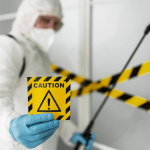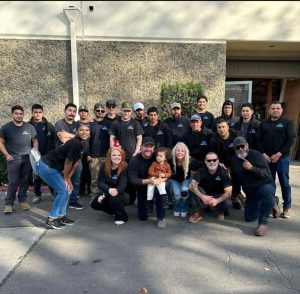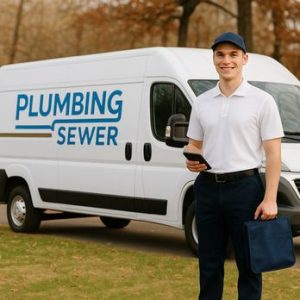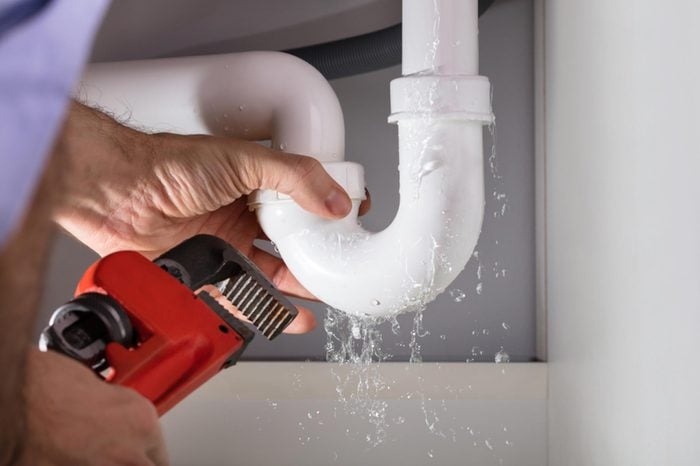
Pipes don’t get the credit they deserve until they leak, burst, or stop working altogether. Whether it’s a cracked water main under your driveway or a suspicious puddle forming beneath your kitchen sink, the situation can escalate fast. When that happens, the question becomes: do you tackle the issue with a practical product yourself, or is it time to phone a pro?
This guide dives into the full spectrum of pipe repair, from heavy-duty hardware that stops leaks cold to expert intervention when DIY won’t cut it. We’ll walk through the real differences between repair products and plumbing services, and how you can make smart choices for both home and commercial pipe challenges. By the end, you’ll know when it’s time to roll up your sleeves and when it’s time to hand over the wrench. For those exploring options, don’t miss this collection of trusted hardware for water line maintenance.
Why Pipes Fail, and Why It’s Never Convenient
Plumbing issues rarely give you a polite heads-up. A little rust, some vibration, or shifting soil, and suddenly a pipe that’s worked for years decides it’s done cooperating. Corrosion, pressure fluctuations, poor installation, or even seasonal freezing can all play a part. Unfortunately, even a tiny crack can trigger a big repair bill if it goes unnoticed.
What adds to the stress is the uncertainty. Are you dealing with a minor issue that can be patched up with the right clamp, or is it a symptom of a much deeper problem? This is where professional insight matters. When leaks start showing up in older homes or buildings, seasoned plumbers don’t just fix what’s broken; they look for what’s about to break. This thoroughness is why many turn to companies with a strong local reputation, such as those highlighted in reviews of Bob the Plumber at Chula Vista.
Understanding the Power of Industrial-Grade Repairs
Before you pick up the phone to schedule service, it’s worth understanding what’s already available to you in terms of equipment. Industrial-grade clamps and couplings aren’t just for municipal crews or large-scale contractors; they’re surprisingly accessible and often effective for residential use.
Unlike basic hardware store products, these clamps are designed to hold up under real pressure. We’re talking water mains, service lines, and high-volume systems that demand reliability. They’re made to quickly seal off a compromised section of pipe, often without shutting down the entire line for replacement. The design typically uses robust stainless steel bands and neoprene gaskets that compress over the leak, forming a tight seal that can last for years.
For homeowners comfortable with basic tools and confident in diagnosing the problem, these clamps offer an impressive level of independence. You don’t have to wait days for a service appointment or pay for emergency call-out fees. And in commercial settings, where downtime costs real money, having a few of these in stock is just smart business.
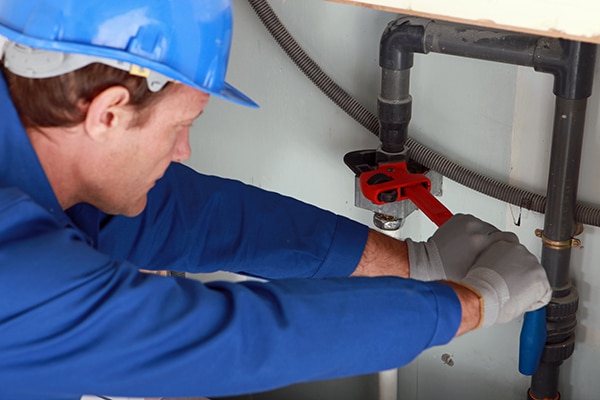
The Role of the Professional: More Than Just a Quick Fix
But let’s be honest: not every plumbing issue is a clamp-and-go job. Pipes are part of a larger ecosystem, including fittings, valves, water heaters, and backflow systems, all working together. A leak may be just one symptom of a broader system failure. That’s where pros come in.
Experienced plumbers bring more than a toolbox; they bring strategy. They know what to look for beyond the immediate issue: pressure anomalies, hidden corrosion, root intrusion, or even early signs of mold growth. In multi-family properties or commercial buildings, their insight can prevent a one-pipe issue from becoming a ten-unit nightmare.
There’s also peace of mind. When someone licensed, bonded, and insured signs off on a repair, it’s one less thing to worry about. This is especially important when insurance claims or municipal inspections are involved. You’re not just fixing a pipe, you’re preserving your home or business’s long-term integrity.
When to Use a Clamp, and When to Call
Let’s say you walk into your basement and see water forming beneath an exposed copper pipe. It’s a small leak, clearly coming from a single crack. If the water pressure isn’t too high and you have access to a quality clamp that fits your pipe size, you might be able to handle it yourself.
On the other hand, if the leak is near a joint, if there’s significant corrosion, or if you’re unsure where the water is coming from, calling a plumber is the wiser move. Sometimes what looks like a quick fix can be hiding a much larger problem behind the wall or under the floor.
Also, don’t underestimate the value of experience. A professional might identify a pressure regulator issue, recommend a pipe material upgrade, or catch early warning signs of a slab leak, things most DIYers would miss.
How to Think Long-Term About Pipe Repairs
Whether you’re DIY-savvy or calling in help, the goal should always be the same: long-term peace of mind. That means thinking beyond the leak in front of you and asking: how did this happen, and how can I prevent it from happening again?
This is where a hybrid approach can work wonders. Use industrial-grade clamps to make smart, cost-effective repairs now, while scheduling a full system check with a professional to ensure there are no ticking time bombs elsewhere.
Additionally, consider upgrading older sections of pipe, installing monitoring systems, or at the very least, mapping out where your water shut-off valves are so you’re not scrambling in a future emergency. Pipe problems don’t need to be inevitable, but they do require attention.
It’s Not One or the Other, It’s Both
Choosing between a repair clamp and a plumber isn’t an either-or decision. It’s about understanding what each solution brings to the table and using them in tandem. Clamps give you control and immediacy. Plumbers bring deep knowledge and a preventative strategy.
With both in your toolkit, literal or metaphorical, you’re ready to face whatever plumbing curveball life throws your way. Just remember, a smart fix today can save you thousands tomorrow.
And whether you’re stocking up for just-in-case or planning a bigger upgrade, make sure you’re sourcing quality hardware that’s built to last. Because when it comes to water, there’s no room for shortcuts.



